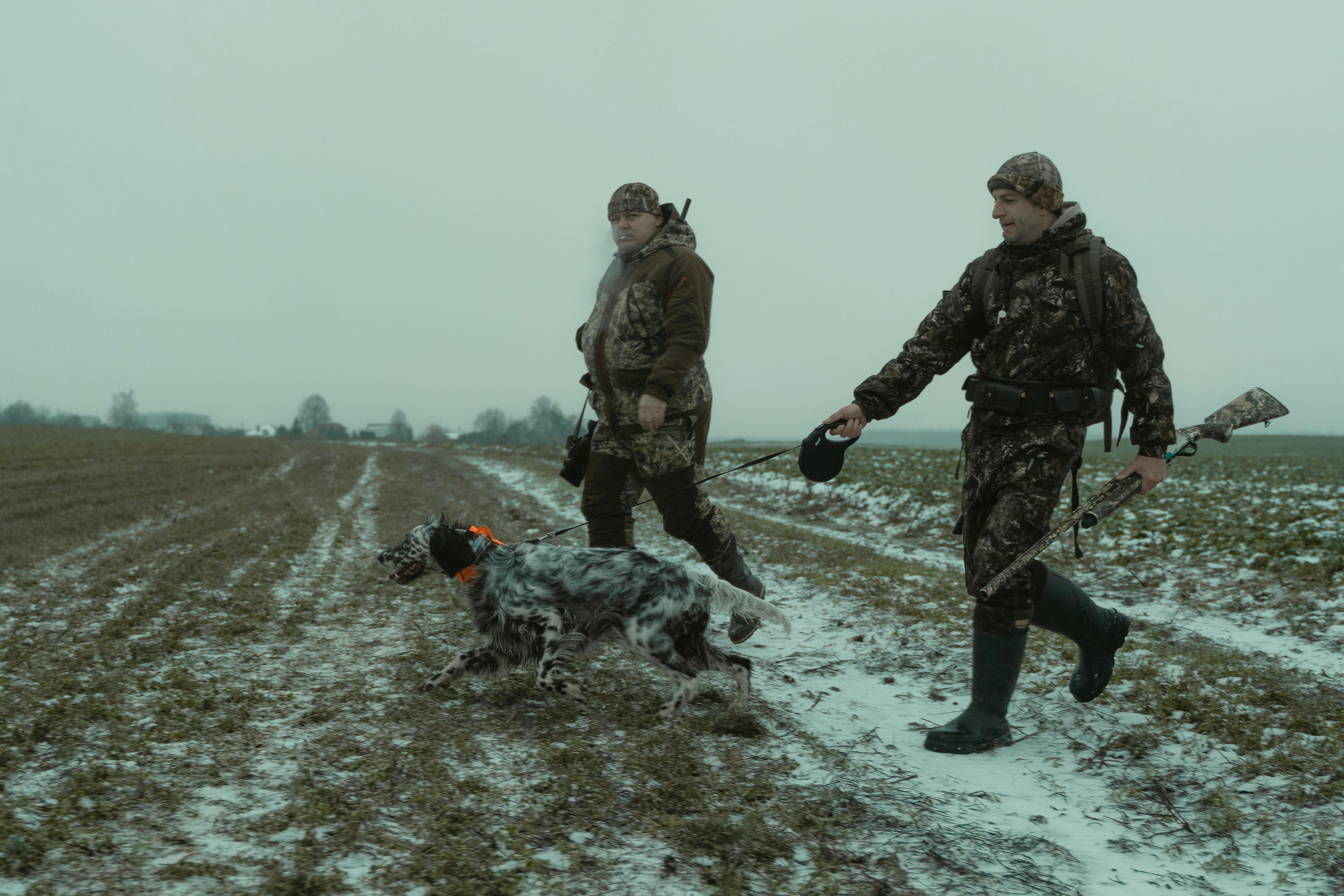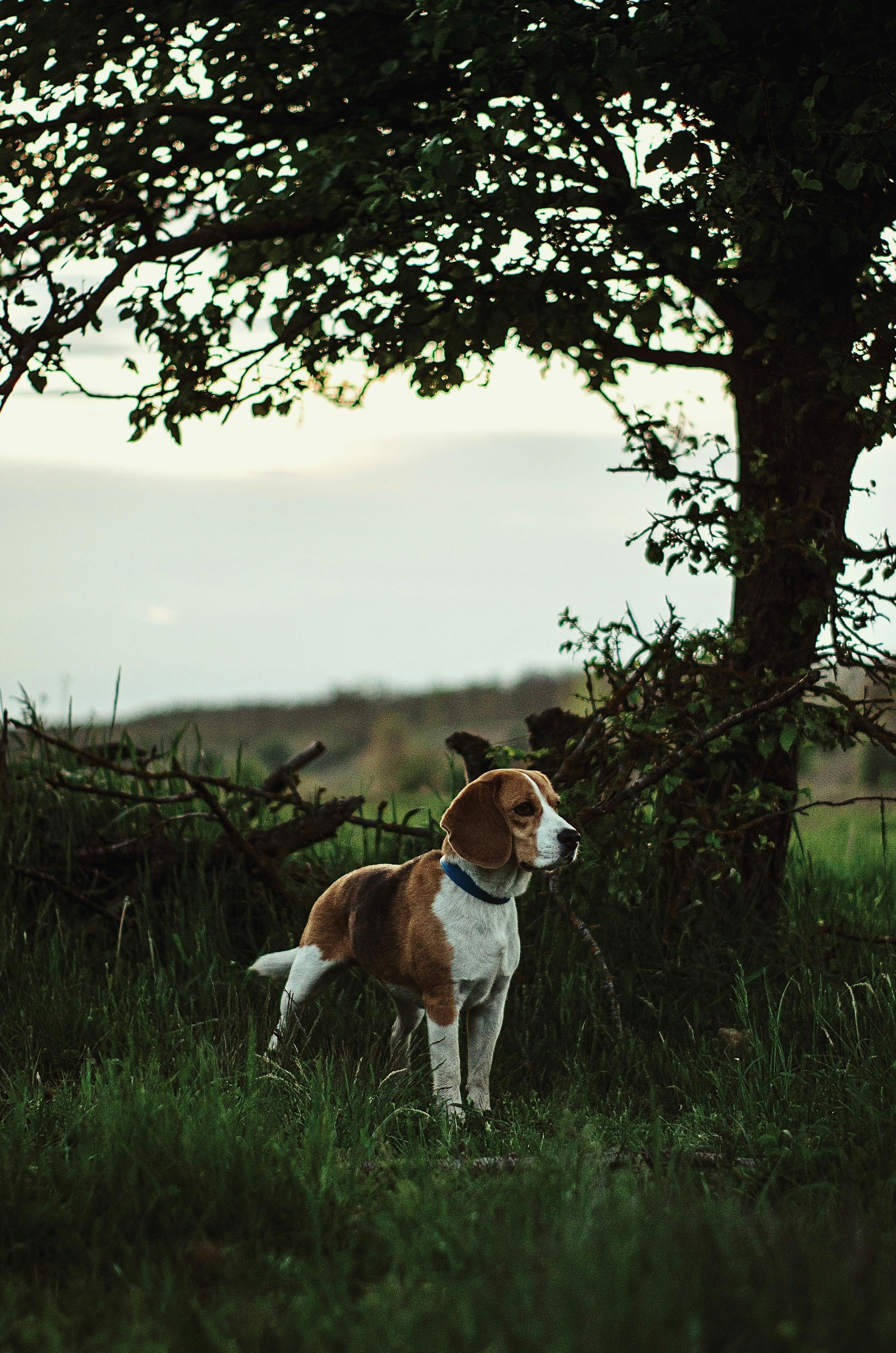How to Train Dog to Hunt Sheds Like a Pro
Shed hunting with dogs is quickly becoming one of the most rewarding and practical outdoor activities for hunters and dog lovers alike. With the right approach, you can train your dog to efficiently locate shed antlers, turning nature walks into thrilling treasure hunts. In this guide, you’ll learn how to train dog to hunt sheds using time-tested techniques, actionable steps, and expert tips for success.

Understanding the Fundamentals
Before diving into advanced shed dog training, it’s important to understand what shed hunting is and why it’s so valuable. Shed antlers are naturally dropped by deer and other cervids, and locating them provides insights into wildlife behavior while also offering a fun, non-lethal way to enjoy the outdoors with your dog.
The fundamentals of shed hunting start with scent recognition, positive reinforcement, and obedience training. Like any specialty skill, teaching a dog to find sheds is built upon basic principles of communication, consistency, and motivation.
1.1 Scent Recognition Training
Dogs primarily rely on their sense of smell, and shed antlers carry a distinct odor from the bone material and deer scent. Studies show that dogs can detect scents as faint as one part per trillion. Scent recognition is the cornerstone of how to train dog to hunt sheds effectively.
Using real antlers or antler-scented dummies helps dogs associate the smell with rewards. This training is similar to how bomb-sniffing or narcotics dogs learn to identify specific odors.
1.2 Positive Reinforcement Techniques
Positive reinforcement is the most effective method for shaping desired behaviors. Unlike punishment-based models, this approach rewards your dog for correct behavior, strengthening their motivation to repeat it. It’s what separates casual sniffing from professional-grade shed hunting dogs.
Common rewards include treats, toys, or praise. By pairing rewards with successful finds, you teach the dog that locating sheds is both fun and beneficial.
Practical Implementation Guide
Now that we’ve covered the foundations, it’s time to apply them in real-world settings. Remember that results vary depending on breed, age, and training frequency. However, consistency and patience are key when figuring out how to train dog to hunt sheds effectively.

2.1 Actionable Steps
- Introduce the Antler: Begin with familiarization. Let the dog sniff, touch, and play with a real antler or scented dummy indoors.
- Use Scented Retrieves: Toss antlers short distances and encourage retrieval. Reward immediately when the dog brings it back.
- Create a Search Field: Hide antlers in tall grass or leaves and increase the difficulty gradually. Track your dog’s progress weekly.
2.2 Overcoming Challenges
Common obstacles include:
- Lack of focus in young or excitable dogs
- Fear or disinterest in the antler’s smell or shape
- Overexposure leading to boredom or fatigue
Watch for signs like tail tucking, lack of engagement, or ignoring the antler. In such cases, reduce session duration, increase reward value, or revisit earlier steps.
Expert tip: Keep training fun and brief—15 minutes a day yields better results than a single hour-long session per week.
Advanced Applications
Once your dog consistently locates antlers in varied environments, it’s time to elevate their skills. Advanced shed hunting training introduces complexities like wind shifts, dense cover, and multiple antlers spread across large areas.

3.1 Long-Range Scent Detection
Advanced training focuses on teaching your dog to work the wind, zigzag across terrain, and identify shed locations by air scent alone. In one documented field test, trained shed dogs successfully located antlers buried under snow due to high scent sensitivity.
Use mock trails with varied wind directions to improve their pattern recognition. Encourage methodical searching rather than random wandering.
3.2 Terrain Adaptation and Endurance
Integrating terrain-specific drills like hill climbs, water crossings, and wooded obstacles prepares dogs for real-world shed hunting scenarios. This helps build endurance and confidence.
Compatibility with GPS tracking collars and smart trainers adds a layer of precision for off-leash work, especially in remote areas.
Future Outlook
The future of shed hunting is evolving alongside technology and conservation efforts. As more people discover how to train dog to hunt sheds, specialized gear, scent sprays, and even mobile tracking apps are emerging.
Over the next 3-5 years, expect:
- Increased demand for trained shed dogs in wildlife studies
- Development of AI-assisted training tools
- Cross-training for dual-purpose hunting and shed retrieval
To stay ahead, continue refining your dog’s skills and stay updated on new methods and gear.
Conclusion
To recap, here are the three key takeaways:
- Master the fundamentals like scent recognition and positive reinforcement
- Apply structured training with gradual difficulty increases
- Advance with long-range detection and terrain adaptation
With consistent effort, your dog can become a valuable partner in the field.
Start your shed hunting journey today—grab a training dummy, head outdoors, and give your dog a challenge they’ll love. Your first successful antler find is just the beginning.
Frequently Asked Questions
- Q: What is shed hunting with dogs? Shed hunting involves training dogs to find naturally dropped antlers in the wild. It blends tracking, scent work, and outdoor fun.
- Q: How do I start training a puppy for shed hunting? Begin with basic obedience and exposure to antler scents. Keep sessions playful and short to build interest.
- Q: How long does it take to train a shed hunting dog? Most dogs take 3 to 6 months to become proficient, depending on breed, training frequency, and individual aptitude.
- Q: Is training expensive? Costs vary. DIY training can be low-cost, while professional programs may range from $500 to $2,000 or more.
- Q: How does shed hunting compare to other types of hunting dog work? It’s less intense and non-lethal, making it ideal for off-season activity or family participation.
- Q: Is shed hunting hard for dogs to learn? Not if trained properly. While it requires focus, even novice handlers can see results with consistent, reward-based training.
- Q: Can this be used for wildlife management? Absolutely. Trained shed dogs assist in tracking deer populations and contribute to conservation and research efforts.
